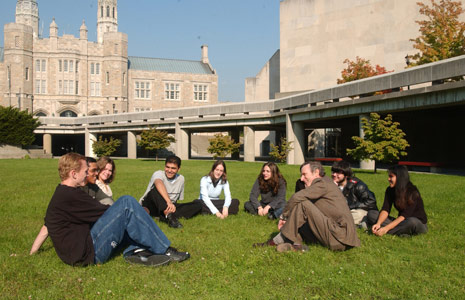The SoACE Career Advising Knowledge Group (KG) is off to a great start in 2016. We will be having are first webinar of the year this Friday, April 8th. Also, we are introducing a virtual case discussion group which had their first meeting on March 30th.
Discover Instagram: How You Should Be Using This Platform to Promote Your Brand and Drive Office/Company Engagement
In an ever-changing landscape of social media, it is often hard to decide where to focus your efforts as a career center or recruiter. Statistics show that students are leaving Facebook in droves for a new friend called, ‘Instagram’. As the fastest growing social media platform, Instagram is now one of the best places to engage millenniums. In this session, you will understand the value of a reputable Instagram presence and learn how the UGA Career Center increased its Instagram following and engagement by 435% in just three months. Whether you are familiar with the platform or not, walk away with practical tips and tricks to get you well on your way to Instagram success.
Presented by: Whitney Prescott, Terry College of Business, UGA
Date: Friday, 4/8/16 | Time: 12:00 – 1:00pm EST
Register HERE
Virtual Case Discussion Group
Date: Tuesday, April 26 | Time: 11:30 a.m. – 12:30 p.m. (Central)/12:30-1:30 p.m. (Eastern)
- Log into https://global.gotomeeting.com/join/705660237to join the conference call using your microphone and speakers (VoIP) – a headset is recommended. Audio PIN: Shown after joining the meeting or, call in using your telephone to +1 (312) 757-3121; use the Access Code: 705-660-237 | Meeting ID: 705-660-237
We will be conducting additional webinars and discussion groups throughout the year. If you have any questions about these events or upcoming events in 2016 please let us know.
Thanks,
Mason Murphy (mmm210@txstate.edu) & Alex Anderson (afca@southwestern.edu)











